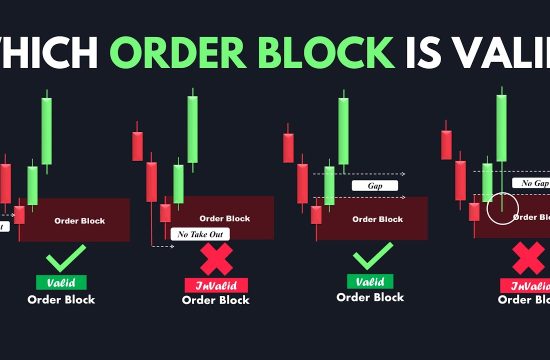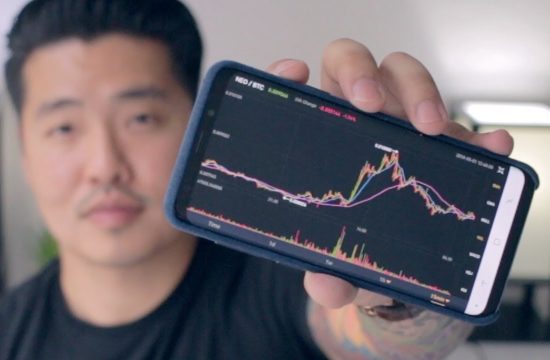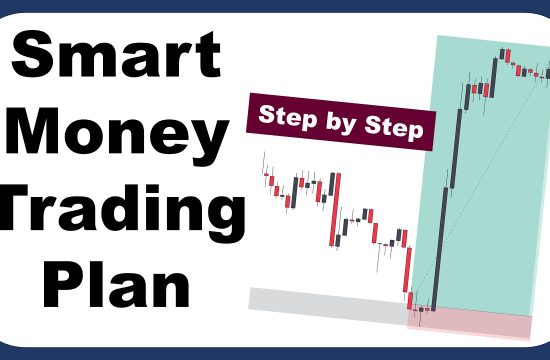Understanding the Basics of Day Trading
What is Day Trading?
Alright, let’s dive into the world of day trading! Day trading is all about buying and selling financial instruments within the same trading day. Now, with Bitcoin, this means constantly monitoring price movements and acting in real-time. The aim here is to cash in on short-term price fluctuations, often making multiple trades in a single day.
From my experience, day trading requires a solid understanding of market trends and technical analysis. It’s not for the faint-hearted, as you’ll need to be glued to your screens, ready to react at a moment’s notice. If you’re someone who thrives on excitement and swift decisions, this could be your cup of tea!
Make sure you have a good internet connection and reliable trading platforms at your fingertips. A friendly reminder, though: It’s essential to stay calm and collected. Emotions can be your enemy and can lead to impulsive decisions.
Tools of the Trade
Before jumping into day trading, you’ll want to equip yourself with the right tools. Trading platforms, charts for technical analysis, and comprehensive news feeds are paramount. Personally, I swear by apps that send real-time alerts – these can help keep you ahead of the game!
Another key element is having a solid strategy for executing trades. This usually involves using stop-loss orders to protect yourself from significant losses. Remember, while you want to gain, you really want to limit your risks as much as possible.
Lastly, don’t underestimate the power of community. Joining trading forums and social media groups can provide valuable insights and support along your trading journey. Sharing experiences or tips can be a lifesaver.
Pros and Cons of Day Trading
Like everything else, day trading has its ups and downs. On the plus side, you have the potential to make quick profits. The thrill of making several trades daily can be quite exhilarating! Many traders enjoy the challenge and the adrenaline rush it brings.
However, let’s not ignore the downsides. Day trading requires a hefty time commitment and there’s always that lingering risk of losing your investments. You have to consistently stay updated on market trends, which can be exhausting.
At the end of the day, it’s essential to assess whether the excitement and potential income outweigh the time and risk involved. It’s a lifestyle choice as much as it is a financial strategy!
Exploring Swing Trading Techniques
What is Swing Trading?
Now, let’s switch gears and talk about swing trading. Unlike day trading, swing trading involves holding onto assets for a few days to weeks to capitalize on expected market moves. It requires a bit more patience and a solid plan.
From my time spent in both trading styles, swing trading feels more manageable for someone with a busy lifestyle. You’re not glued to your screens for hours on end! Instead, you’re making thoughtful decisions based on longer-term market trends.
It’s about finding the sweet spot in the market—taking advantage of price swings. You’ll want to analyze charts with a focus on movement and look for patterns that indicate potential direction changes. Trust me, a little bit of homework goes a long way here!
Key Strategies for Swing Trading
So, how does one actually swing trade effectively? Firstly, it’s about picking the right trades. I often look for stocks or cryptocurrencies that have established support and resistance levels. This takes a bit of analysis, but it’s worth it when you find that gem!
Next, it helps to keep an eye on news and events that could affect price movements—like regulations around Bitcoin, for example. I usually combine fundamental analysis with technical indicators to make informed decisions. It’s all about having clarity on when to enter and exit trades.
And don’t forget about managing your risks! Setting proper stop-loss levels can save you from making emotional decisions during volatility. You’ll find that discipline is crucial in swing trading—as tempting as it may be to act impulsively, hold your horses!
Pros and Cons of Swing Trading
When it comes to the pros of swing trading, flexibility is a big win. You can trade without the pressure of daily markets—or at least, that’s how I’ve felt. Plus, if you’re making trades that span days or weeks, you have more time to analyze and adjust your strategies.
Yet, swing trading isn’t without its challenges. You could miss out on significant price movements if you’re away from your screens for too long. Additionally, the market can be fickle, and unexpected swings can hit your profits hard.
Ultimately, you gotta decide which fits your lifestyle more. Whether you prefer the fast pace of day trading or the more relaxed style of swing trading, understand what works best for you and go for it!
Conclusion
Both day trading and swing trading have their unique benefits and challenges. Through my journey, I’ve personalized my approach based on my risk tolerance and available time. It’s important to mix your strategies based on your experiences and insights, keep learning and adapting!
Whether you’re all about that thrill of day trading or prefer the slower approach of swing trading, what matters most is finding a strategy that suits you personally. And hey, as with many things in life, practice makes perfect!
FAQ
1. What type of trader is day trading suitable for?
Day trading is great for those who can commit time throughout the day and thrive on fast-paced environments. It requires real-time monitoring and quick decision-making skills.
2. How much capital do I need to start day trading?
While it varies, many experts suggest having a minimum of $25,000 to actively day trade in the U.S. market. This is due to the Pattern Day Trader rule but can differ based on where you trade.
3. What are some common swing trading strategies?
Common strategies include using support and resistance levels, trend following, and utilizing technical indicators like moving averages or Fibonacci retracement levels for price action assessment.
4. Is one strategy better than the other?
It really depends on your personal style! Day trading might be more suitable if you prefer quick trades and action, but swing trading can offer more flexibility if you can’t constantly monitor the market.
5. Can I combine both strategies?
Absolutely! Many traders diversify and use elements of both strategies. This can provide a balance and help adapt to different market conditions!









